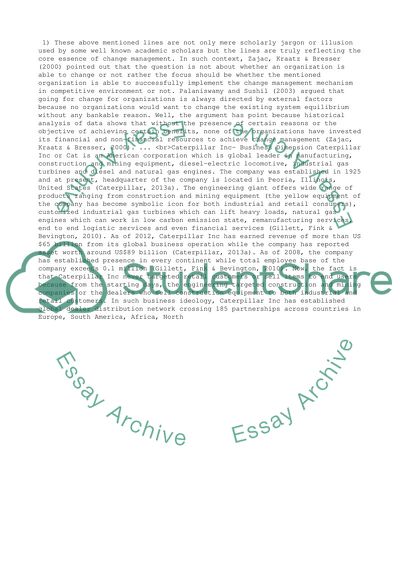Cite this document
(“Caterpillars Resilience for Strategic Change Management Process Essay”, n.d.)
Retrieved from https://studentshare.org/business/1493792-caterpillars-resilience-for-strategic-change-management-process
Retrieved from https://studentshare.org/business/1493792-caterpillars-resilience-for-strategic-change-management-process
(Caterpillars Resilience for Strategic Change Management Process Essay)
https://studentshare.org/business/1493792-caterpillars-resilience-for-strategic-change-management-process.
https://studentshare.org/business/1493792-caterpillars-resilience-for-strategic-change-management-process.
“Caterpillars Resilience for Strategic Change Management Process Essay”, n.d. https://studentshare.org/business/1493792-caterpillars-resilience-for-strategic-change-management-process.


